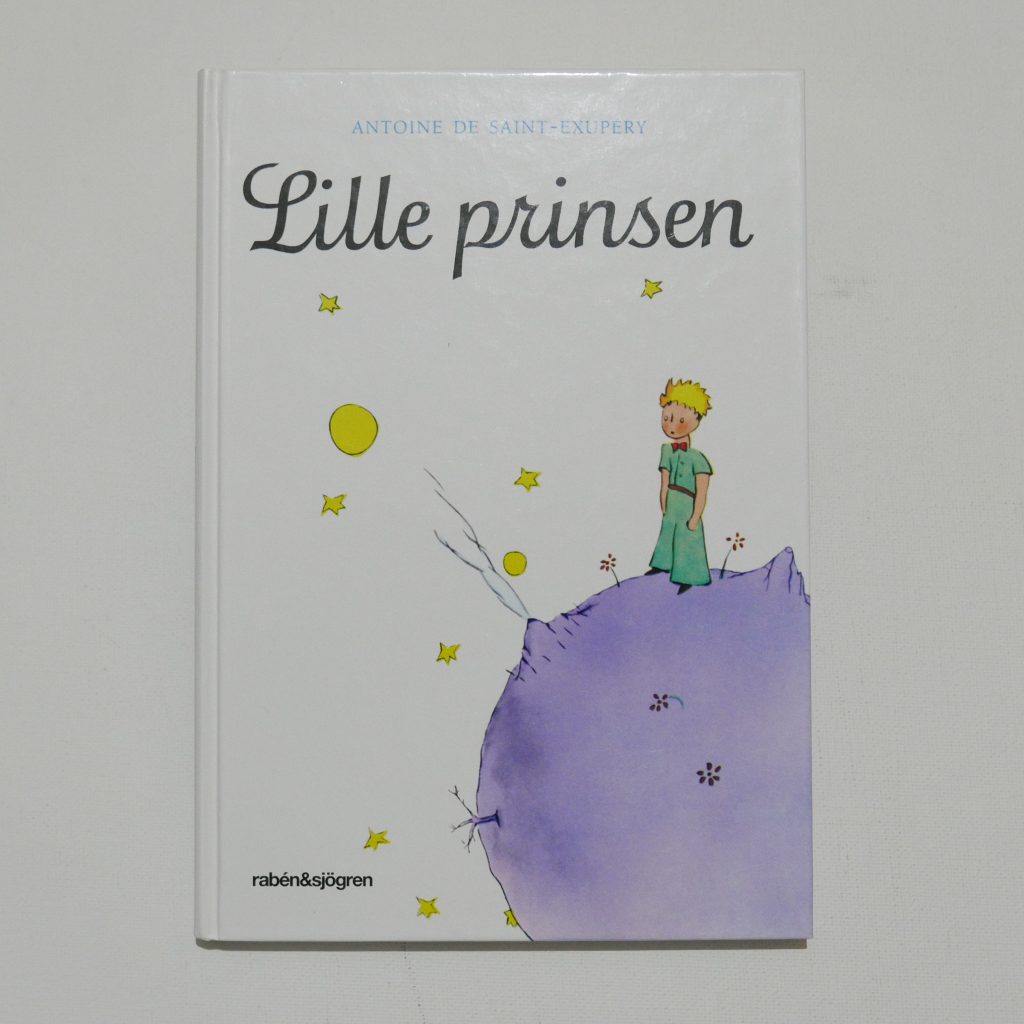
Lille Prinsen, in Swedish. I bought this book in Helsinki. Besides Finnish, Swedish is also an official language in Finland.
Swedish, or svenska, is a North Germanic language that flows with a melodic rhythm and subtle musicality, spoken by over ten million people primarily in Sweden and parts of Finland. Rooted in Old Norse—the common ancestor of all Scandinavian tongues—Swedish shares a close linguistic kinship with Norwegian and Danish, forming a continuum of mutually intelligible languages, though each has developed distinct phonetic and grammatical quirks. Swedish began to diverge in earnest during the Middle Ages, shaped by regional dialects, Hanseatic trade, and Catholic liturgical traditions, before evolving into a national language under the influence of the 16th-century Reformation, when the Bible was translated into Swedish, and printing brought a new standard to the written word. Its modern form, refined during the Age of Enlightenment and the rise of the Swedish Empire, carries a blend of Latin, German, French, and, more recently, English influences—yet it retains a crisp, understated elegance that mirrors Swedish design and sensibility.
Culturally, the Swedish language is the vessel of a society that values consensus, clarity, and modesty. Its lexicon reflects the Swedish ethos: pragmatic, precise, but never overstated. The famously democratic pronoun du, used even in formal contexts, reflects a cultural commitment to equality and informality. Literature and music have long been vibrant expressions of the language—from the sagas of medieval Uppland and the pastoral hymns of Carl Michael Bellman to the existential prose of Strindberg and the global reach of ABBA and modern Swedish pop. In everyday life, Swedish is the language of fika (a coffee and cake ritual that celebrates social connection), seasonal festivals like Midsommar, and the understated poetry of the natural world—from frozen lakes to summer archipelagos. Swedish also functions as a cultural and political bridge in the Nordic region, facilitating cross-border cooperation and cultural exchange. Though spoken with varying dialectal hues—from the melodic sing-song of Värmland to the staccato bite of Skåne—Swedish remains a symbol of national cohesion and quiet confidence, a language that whispers rather than shouts, yet carries centuries of history, creativity, and communal care.


